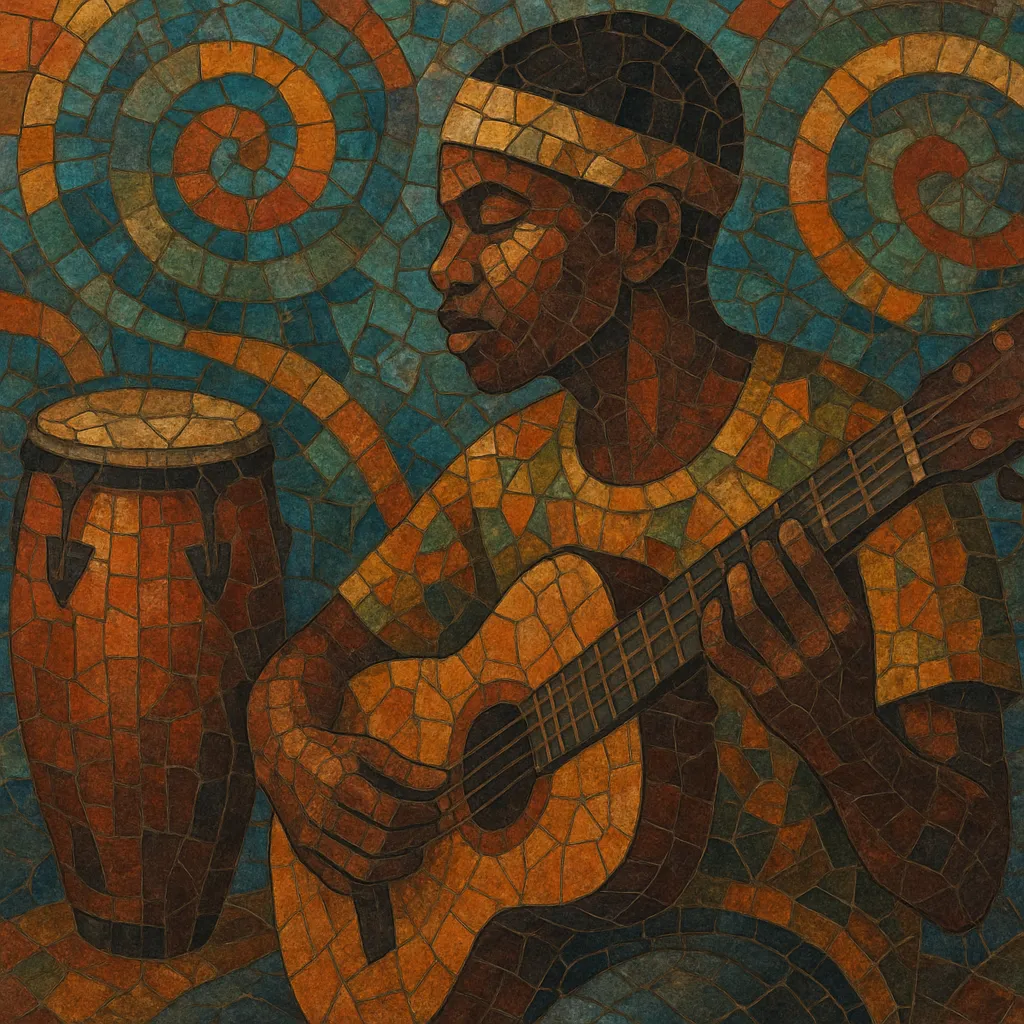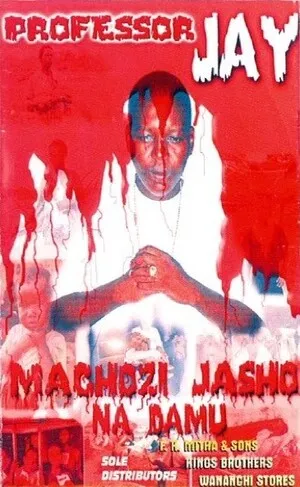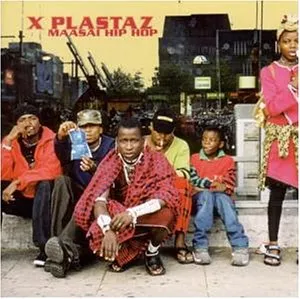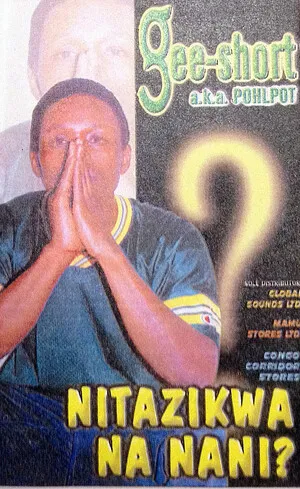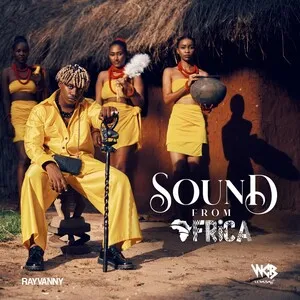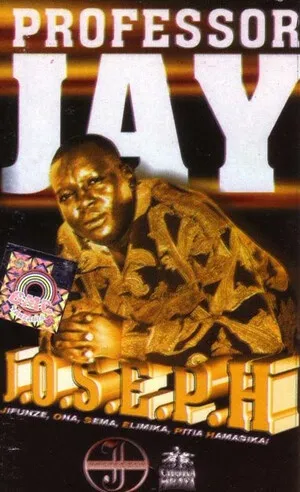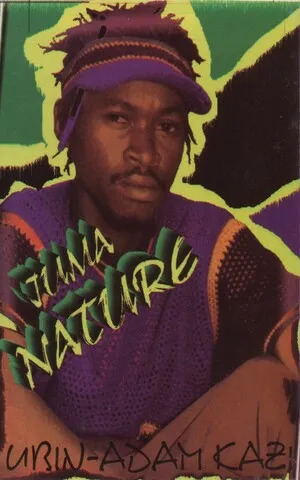Bongo flava is the Tanzanian strain of hip hop/R&B-inflected pop that foregrounds Swahili lyrics, smooth melodies, and dancehall-derived grooves. The name combines “Bongo” (slang for Dar es Salaam and, more broadly, Tanzania—literally “brains,” hinting at street smarts) and “flava” (“flavor”), signaling a distinctly local take on global urban music.
Stylistically, it blends mid‑tempo hip hop beats, R&B harmonies, dancehall riddims, and East African musical DNA—from taarab’s string-and-accordion textures to the guitar-led lilt of Congolese rumba/soukous and Tanzania’s own muziki wa dansi. Themes often address love, aspiration, social commentary, and everyday hustle, delivered through a sing‑rap approach that makes the genre catchy, conversational, and danceable.
Bongo flava emerged in the mid-1990s in Dar es Salaam as Tanzanian youth localized the sound and attitude of American hip hop and contemporary R&B. Artists rapped and sang in Swahili and street slang, fusing imported beats with regional aesthetics—most notably taarab’s Arab–Indian–East African instrumentation and the guitar-driven sway of Congolese rumba/soukous and local muziki wa dansi. Pioneers like Mr. II (Sugu), Dully Sykes, and Juma Nature helped codify the style, while radio and cassette culture spread it nationwide.
Through the 2000s, bongo flava became East Africa’s dominant pop language. Slicker production, melodic hooks, and R&B balladry broadened its appeal, and collaborations across Kenya and Uganda helped create a regional market. The industry professionalized around studios, TV programs, and award platforms, and artists such as Lady Jaydee and Professor Jay bridged conscious lyricism with radio-friendly songwriting.
From the 2010s onward, stars like Diamond Platnumz and Alikiba pushed bongo flava into pan‑African and global spaces, collaborating with Afrobeats, dancehall, and hip hop acts. The sound incorporated more pop and club production while retaining Swahili identity. Digital platforms, high-budget videos, and live-band hybrids further diversified the genre. Today, bongo flava stands as a cornerstone of East African popular music, balancing local storytelling with international polish.

